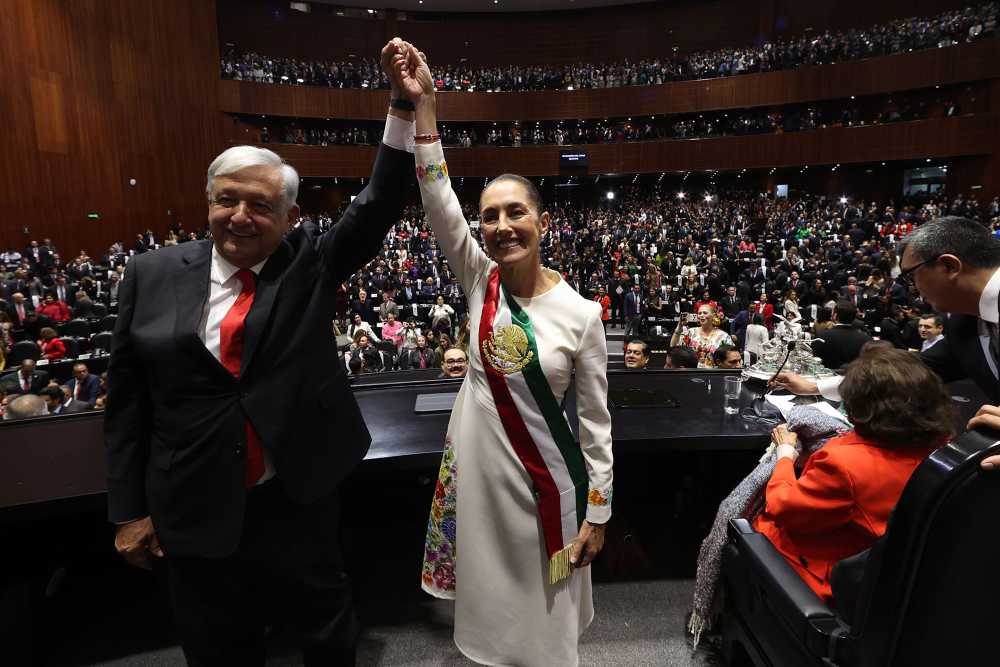How Mexico's Presidential Sash Finally Got Its First Lady
In a historic first, Claudia Sheinbaum Pardo becomes Mexico's first female president to wear the iconic Presidential Sash, breaking a 200-year male tradition since Guadalupe Victoria. The ceremonial handover on October 1st marks a symbolic shift in power, complete with strict protocols.

On October 1, in the grand setting of the Chamber of Deputies, Claudia Sheinbaum Pardo, Mexico’s first female President, received the Presidential Sash in a symbolic act that reverberated through Mexico’s halls of power and far beyond its borders. For nearly two centuries, this iconic sash has been reserved for men, a distinguished mark of leadership since Mexico’s first president, Guadalupe Victoria, took office in 1824. This historic transition signals not just the rise of a new leader but a profound shift in Mexico's narrative of power, gender, and governance.
Sheinbaum’s ascent to the presidency shatters a centuries-old tradition, presenting the Presidential Sash as more than a national symbol—it has become a contemporary emblem of change and progress. This ceremonial ribbon, worn by Mexican presidents during official events, represents the authority and continuity of executive power in a way unique to Mexico. Even the United States, though it has its own established protocols and symbols of office, lacks a comparable physical emblem that so tangibly represents the continuity of power.




